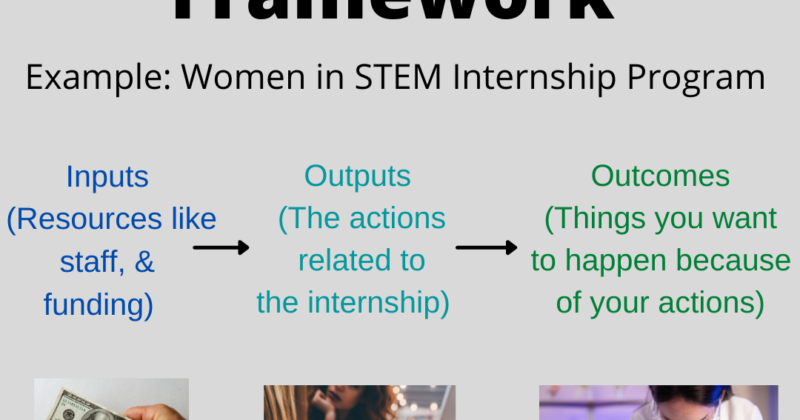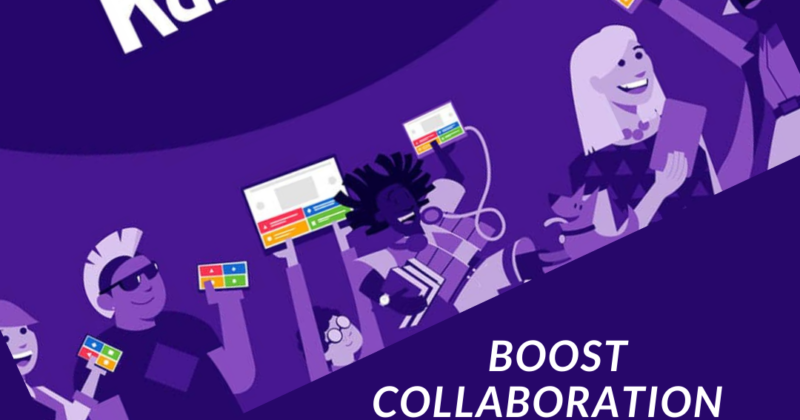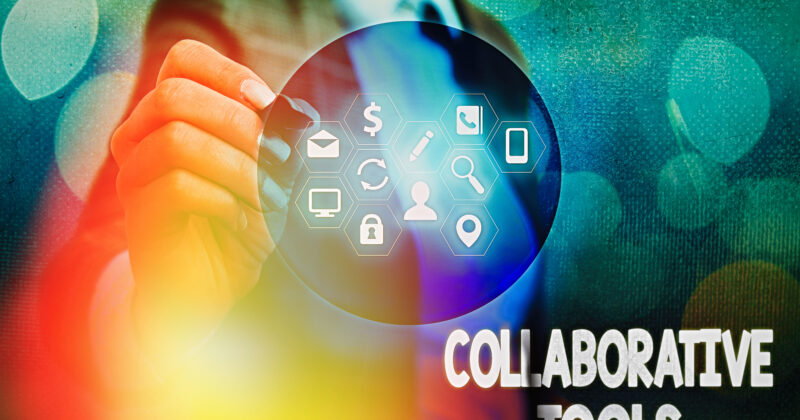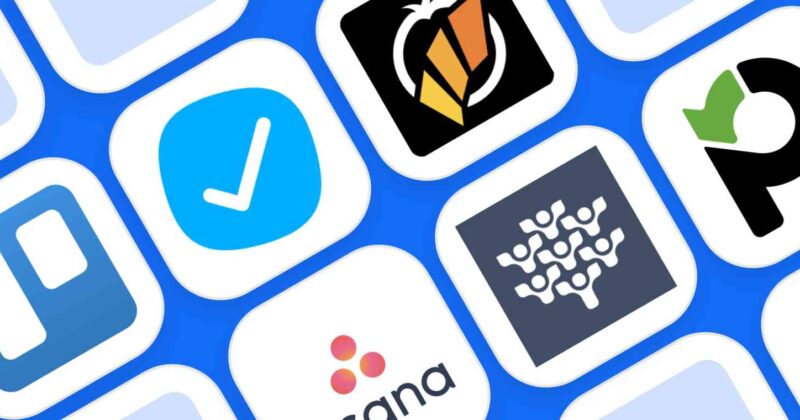
Guiding a Team to Build a Logic Model
Facilitating a group through the process to build a logic model can feel overwhelming. I have some tips and tricks to make the process easier when leading a team through the process of creating a logic model.
Who should be involved?
Try to limit the group to as few people as possible but ensure that you have representation from project/program staff, evaluation staff, and, when possible, leadership teams. Groups larger than ten often struggle to come to a consensus. If your group has more than ten people, think about how you structure each work session; there may be a way to design each session so that every member does not have to be present at every meeting.
Where should we meet?
You will want a flexible space that allows for small group and large group discussions. You will also want a whiteboard or another method to collect ideas. If your room doesn’t have a whiteboard, post-its can be a powerful tool for brainstorming as...






